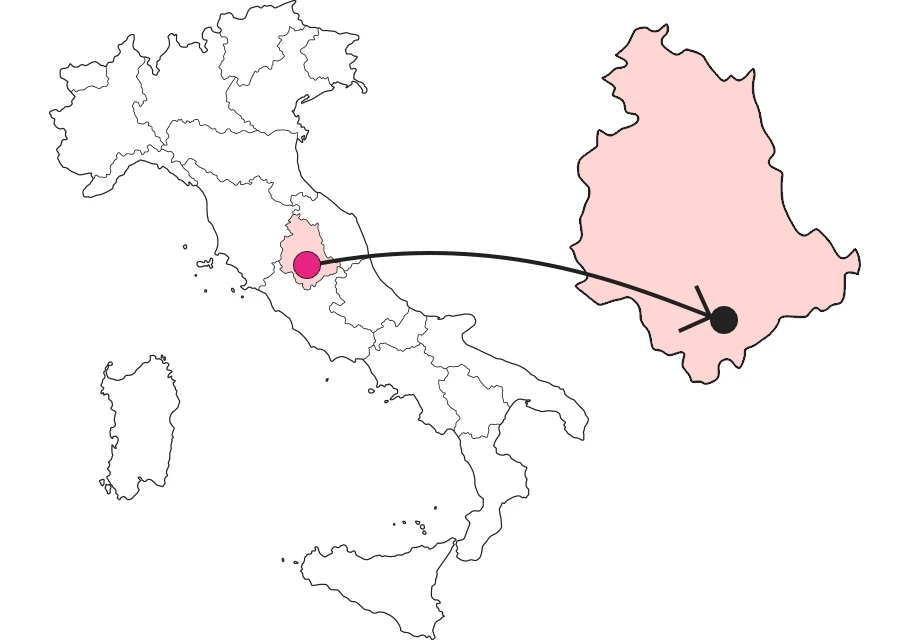







The archaeological site of Scoppieto
An ancient village of potters found along the course of the Tiber River



Where

What it is and where it is
On land overlooking the Tiber Valley, fertile land rich in water and clay, lies the Scoppieto archaeological area, an excavation that rediscovers ancient structures, evidence of the river's vital importance in the development of ancient settlements. The archaeological area covers 3400 square meters, and the traces that have emerged from the excavations testify to different historical periods: ranging from the first structure that can be traced back to the 3rd century B.C. and linked to the presence of a sanctuary, to the 1st century A.D., at the time when a kiln made fine tableware ceramics such as vases, glasses, cups, oil lamps and common pottery.
Why it is special
Thanks to the work of archaeologists over the years, an entire village of ceramic artisans who laid the foundations in Scoppieto has been unearthed. One can, today, observe individual workstations each with a hole for the potter's wheel, a water basin for the clay and a brazier for heating. It feels like a real ancestor of the nineteenth-century working-class towns, only this one is unique for its time and extremely efficient. Here the potters found everything they needed to carry on their business: water, clay, turkey oak wood, and the Tiber River, used as a transportation route for the products.
Not to be missed
In addition to the walled structures, numerous artifacts were found at the Scoppieto site, especially pottery produced in the kiln, many of which are now collected in the Antiquarium Archaeological Museum, located inside the municipal building of Baschi. The museum is divided into three sections and dotted with illustrated panels, full of cues for educational activities. The first section is dedicated to the production of pottery: here the panels describe all the stages of clay processing from extraction to its decanting to modeling and firing. The second section, on the other hand, is devoted to the trade and export of artifacts both in Italy and in the main centers of the Mediterranean basin. The third and final section of the museum, which occupies the basement, is a photographic exhibition of archaeological artifacts found in past centuries and now housed in various Italian museums.
A bit of history
Archaeological investigations at the Scoppieto site were carried out from 1995 to 2013 by the University of Perugia. The most significant materials found during these excavation campaigns are collected in the permanent exhibition of the Antiquarium, a museum dedicated to them, inaugurated on December 16, 2000 inside the Municipal Palace of Baschi.
Curiosities
The ceramics produced at Scoppieto at one point became very popular and well-known, so much so that they began to be exported far away. In fact, as many as 90 pieces were found between Crete, Cherchel, Tiddis, Cyprus, Carthage and Alexandria, Egypt.
Enter the Map of Italy's Undiscovered Wonders and find treasures where you least expect it... Inspire, Recommend, Share...
Contacts
The Map thanks:
In the Community
Enter the Map of Italy's Undiscovered Wonders and find treasures where you least expect it... Inspire, Recommend, Share...
Where

Contacts

